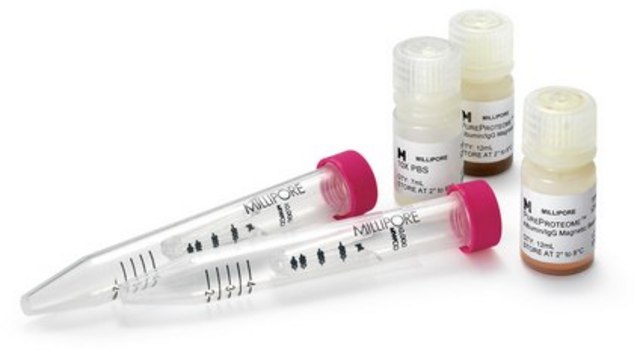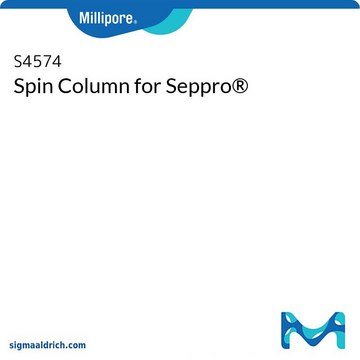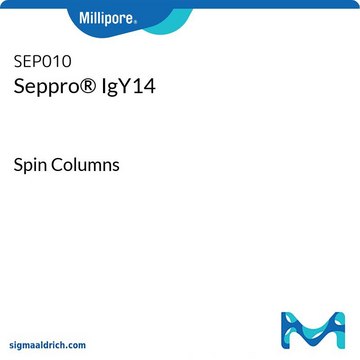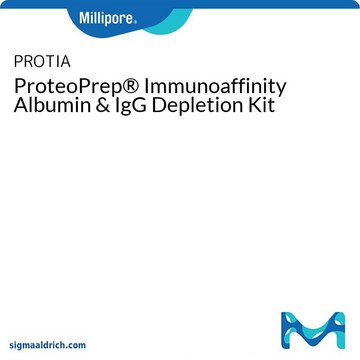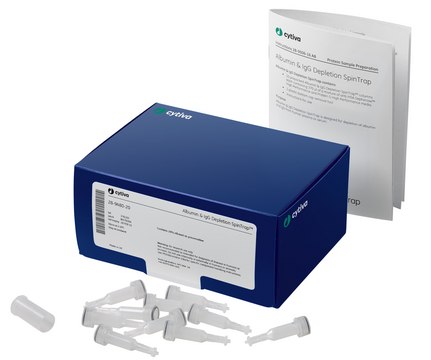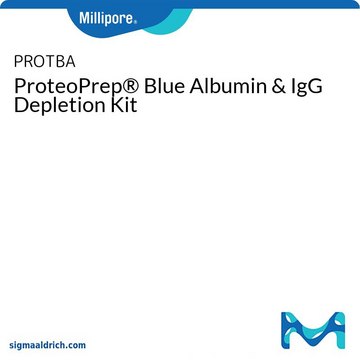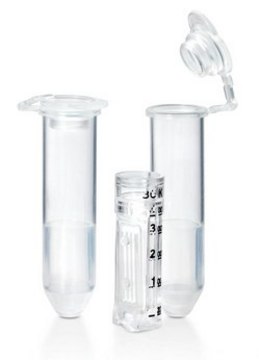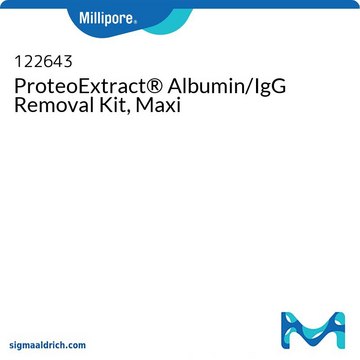Recommended Products
capacity
0.3 mg total protein loading(7.5 μL of mouse plasma, average mouse protein concentration 40 mg/mL)
storage temp.
2-8°C
Looking for similar products? Visit Product Comparison Guide
General description
Immunoaffinity partitioning of highly-abundant proteins (HAP) has proven to be one of the most effective approaches for overcoming the wide dynamic range of plasma protein concentration, as well as enabling the detection of low-abundant proteins (LAP). Avian polyclonal IgY (Immunoglobulin Yolk) antibodies have unique and advantageous features that allow highly-specific partitioning of protein mixtures. Sigma offers a novel Seppro® IgY-M7 column system, which takes you deeper into the mouse plasma/serum proteome.
Proteins Partitioned:
Mice Serum Albumin
IgG
Fibrinogen
Transferrin
IgM
Haptoglobin
alpha1-Antitrypsin
Proteins Partitioned:
Mice Serum Albumin
IgG
Fibrinogen
Transferrin
IgM
Haptoglobin
alpha1-Antitrypsin
Application
Seppro® Mouse, spin column (10μL capacity) is designed for use as a plasma/serum protein removal tool base upon avian antibody (IgY)-antigen immune affinity removal of seven highly abundant proteins (HAP) from mouse plasma protein mixtures via liquid chromatography. Seppro® Mouse, spin column is used to support the analysis of low abundance mouse serum/plasma proteins.
Legal Information
Seppro is a registered trademark of Merck KGaA, Darmstadt, Germany
Kit Components Also Available Separately
Product No.
Description
SDS
Storage Class Code
10 - Combustible liquids
Regulatory Information
常规特殊物品
Choose from one of the most recent versions:
Already Own This Product?
Find documentation for the products that you have recently purchased in the Document Library.
Egle Bytautiene et al.
American journal of obstetrics and gynecology, 208(5), 388-388 (2013-03-19)
Preeclampsia is associated with long-term adverse maternal health, such as cardiovascular and metabolic diseases. The objective of this study was to determine whether preeclampsia in a well-characterized animal model that was induced by overexpression of soluble fms-like tyrosine kinase-1 (sFlt1)
Our team of scientists has experience in all areas of research including Life Science, Material Science, Chemical Synthesis, Chromatography, Analytical and many others.
Contact Technical Service